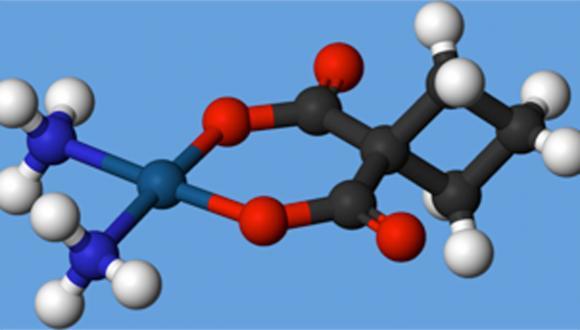Hydrochemistry Research Group
The Hydrochemistry Research Group, which is part of the Water Research Center at TAU, focuses on understanding hydro-chemical processes, fate, transport and the detection of micro-nano pollutants in various water systems and environmental matrices. In addition, the laboratory is engaged in the development of new technologies for removing contaminants in various water sources and improving the quality of reclaimed water intended for irrigation and groundwater infiltration and recharge.
The continuous growth of Israel's population over the last decades creates an increased demand for quality water resources in order to maintain a healthy and normal life. Hence, protecting the quality of water resources is the most important and vital environmental mission of the 21st century. Concerns are increasingly being raised about the environmental and health effects of many chemicals used by humans, such as products used in agriculture, industry, medical treatment, and household consumption. Studies have shown that these substances diffuse in the environment and are characterized by greater durability, persistence and survival than expected.
One of these groups of substances is the variety of drugs. This group is considered to be a new "generation" of contaminants. It is known that these drugs are spreading around the aquatic environment, therefore, it is crucial to study the presence of the substances, their concentration and their chemical-physical fate in the environment. In recent decades, intensive use has been made of antibiotics, both for human use and for reducing infections in the livestock (fish, cows, poultry). It is known that about 90% of the antibiotics consumed are discharged from the body when they are given, and from there, at best, are transferred to wastewater treatment plants (if available), as well as to the environment through uncontrolled and controlled disposal of drugs (prescription and shelf), which were thrown by the public into the garbage can. These materials accumulate in landfills, dissolve easily in water and become leachates containing a variety of medical substances that find their way to water and food sources.
Recent studies, in Europe and North America and particularly in Israel by our group, have proved the presence of nano-micro-pollutants – pharmaceutical residues. These nano / micro-pollutants are contaminants found in concentrations of nanograms (billionth of a gram) and micrograms (one millionth of a gram) per liter of water, respectively. These pollutants are residues of pharmaceutical compounds, which originate in domestic, agricultural, and industrial waste. When they reach the wastewater treatment plant, the pollutants are transported through the multi-stage array of the Institute, and at the end of the purification process they are released into the environment with almost no chemical-physical changes.
Therefore, we believe there is a real need for the development of innovative, ‘out of the box’ both high-tech and low-tech technologies to breakdown and remove these toxins for any water resources.


